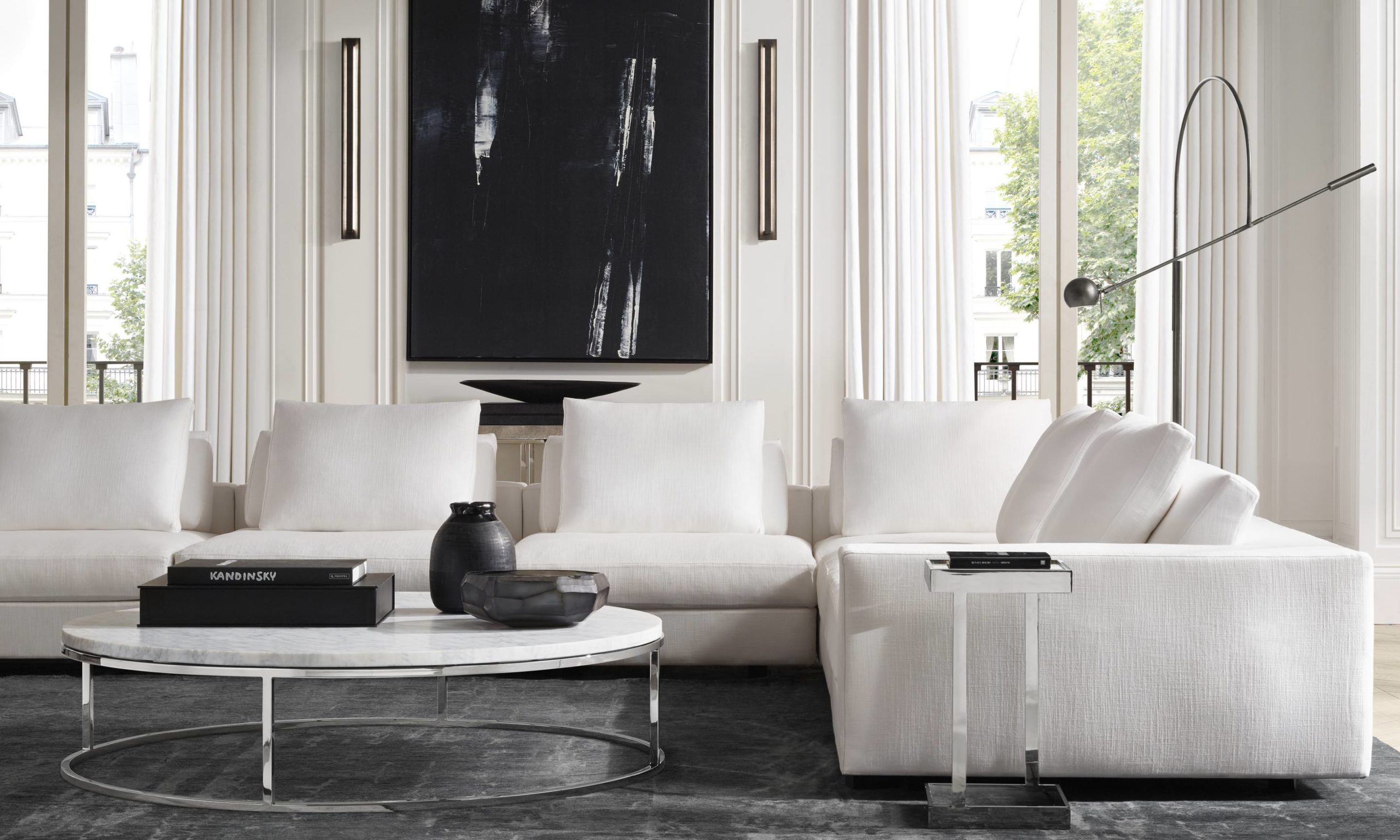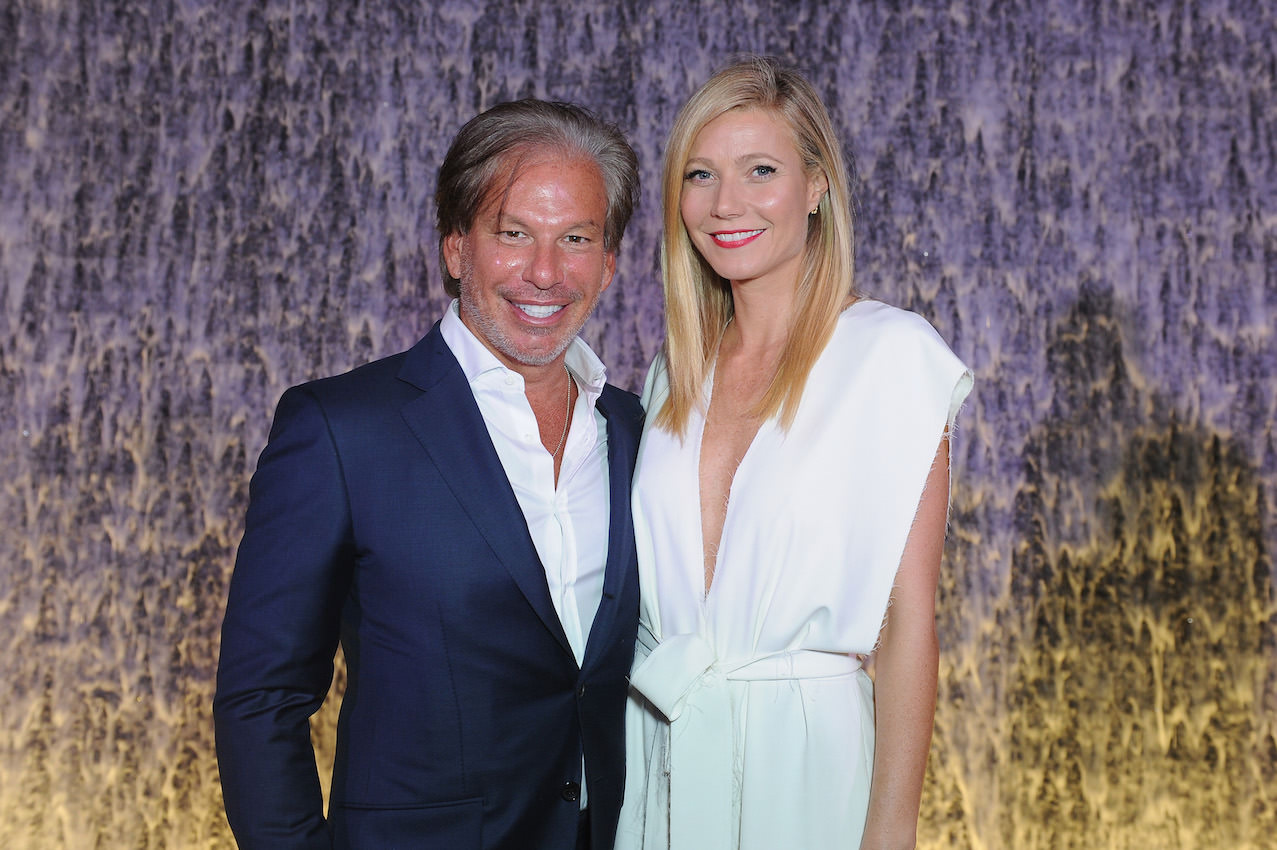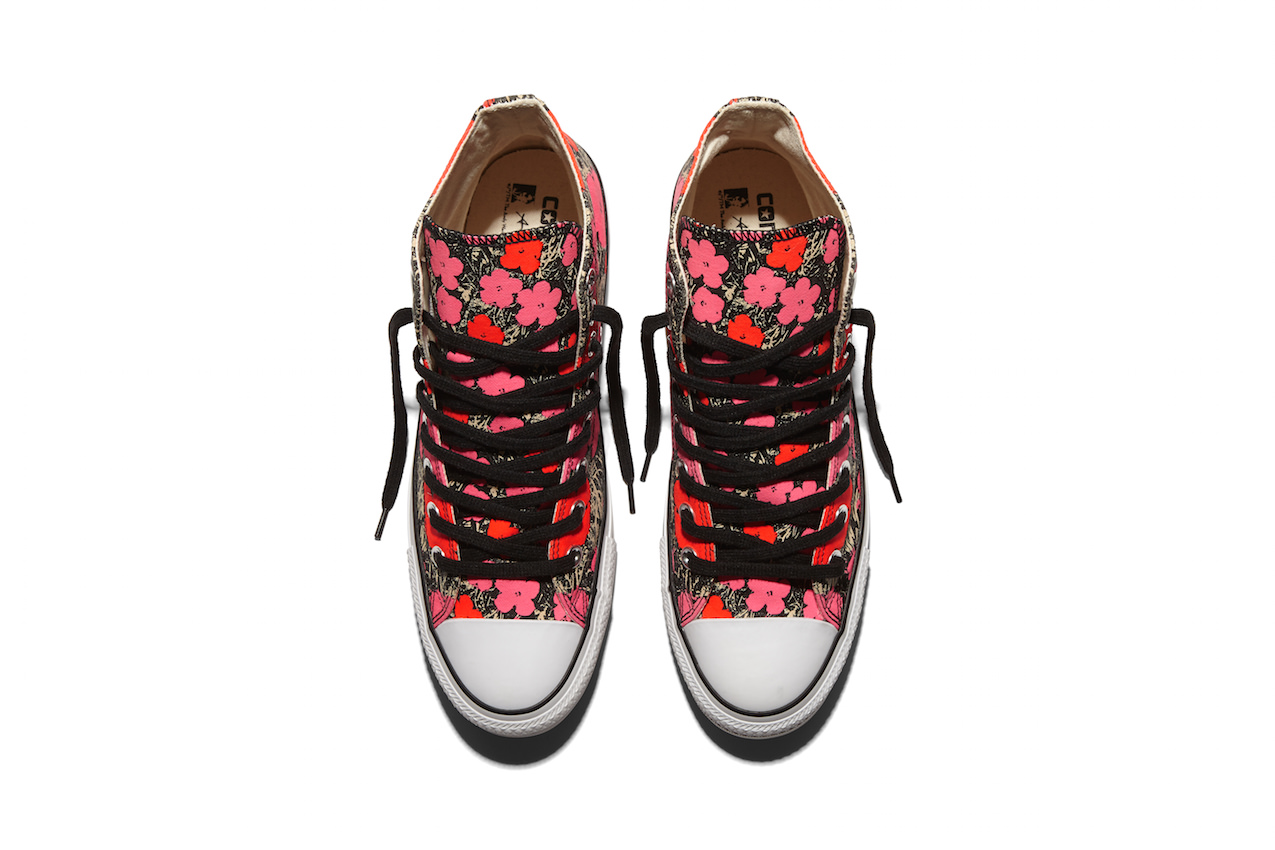Gary Friedman has completely changed the retail model for Restoration Hardware, opening multi-faceted spaces in Chicago, Denver, Tampa, and Los Angeles that blur the lines between residential and retail, indoors and outdoors, physical and digital. He calls them “galleries,” rather than stores or showrooms. Take the RH Chicago, The Gallery at Three Arts Club. It’s nestled into the historic and posh Gold Coast neighborhood, surrounded by very little retail. One might imagine you wouldn’t get a lot of foot traffic, but, as Friedman describes it, the Chicago design gallery became his “field of dreams.” He built it and they came. Trying to get a reservation at chef Brendan Sodikoff’s 3 Arts Club Café that sits in the soaring atrium of the converted former women’s art school—even on a weekday afternoon—will require at least an hour’s wait.
That’s right. There is a proper (and quite busy) restaurant and wine bar in the middle of RH Chicago, viewable from its many floors, which include the company’s first-ever Design Atelier, RH Teen, RH Modern, and RH Contemporary Art. This gives you quite a bit to gander at while you wait for your table. When we visited this spring, we were encouraged to grab a Bellini or cappuccino at the first-floor café. This concept that, as Friedman describes it, “Every thing you look at you can buy, and everywhere you sit you can eat,” he hopes will make customers feel at home in an aspirational space that encourages acquiring.
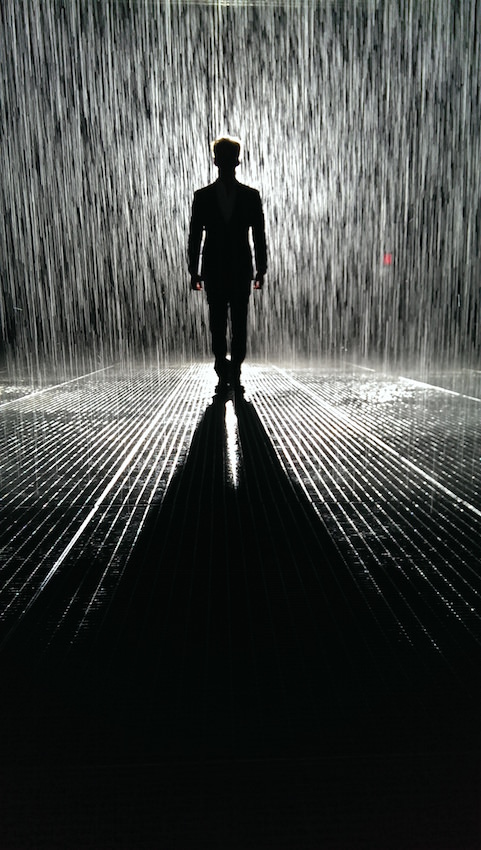
After our visit to the Windy City locale, Whitewall spoke with Friedman over the phone while he was at Restoration Hardware’s headquarters in San Francisco. As we talked about the launch of RH Modern in 2015, his disruptive retail model, and his wildly successful first foray into contemporary art with Random International’s Rain Room, Friedman’s close proximity to the tech industry was not lost on us. He cited easy comparisons with tech giants like Apple and Tesla, offering that their greatest success lay in their ability to connect to one thing: our emotions.
WHITEWALL: With the launch of RH Modern last year, you wanted to create a larger modern market. What were the misconceptions about modern design you wanted to challenge or overcome?
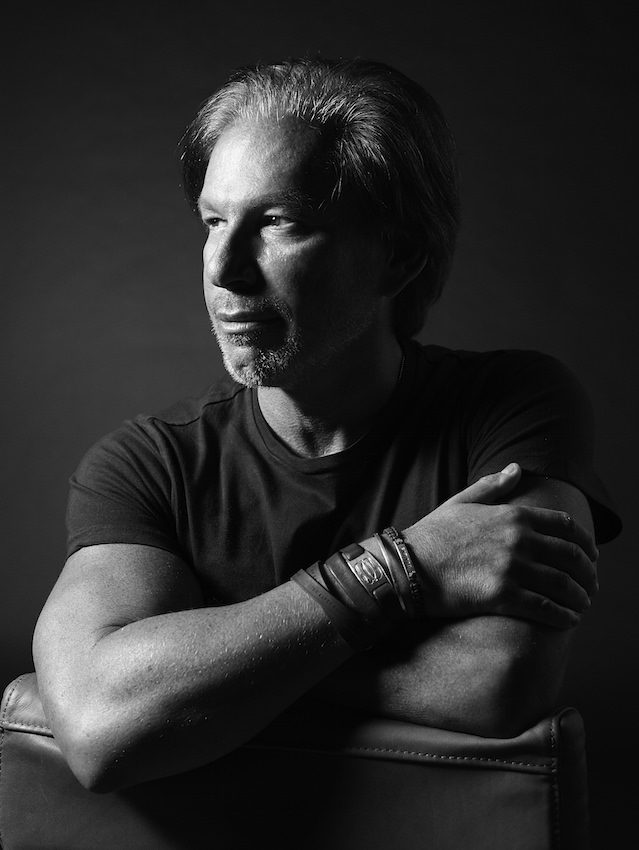
Photo by Ian Hanson, courtesy of Restoration Hardware.
GARY FRIEDMAN: The modern market has always been somewhat small and very fragmented. Most stores or showrooms selling modern are focused on items or categories. We believe the opportunity lies in creating a brand in all the important categories and then integrating those categories in a clear and cohesive manner. That’s where we think the big opportunity is. By creating really relevant collections, and really thoughtfully integrating those to where it becomes this clear and cohesive idea and it amplifies the work and it breaks through the clutter, I think that’s when markets are generally made.
WW: You’ve also integrated hospitality into the retail market. I recently visited the Chicago location, where you took over the historic site of the Three Arts Club of Chicago and added a fully functioning restaurant in the center atrium, headed by restaurateur Brendan Sodikoff. Could you walk me through your initial idea there?
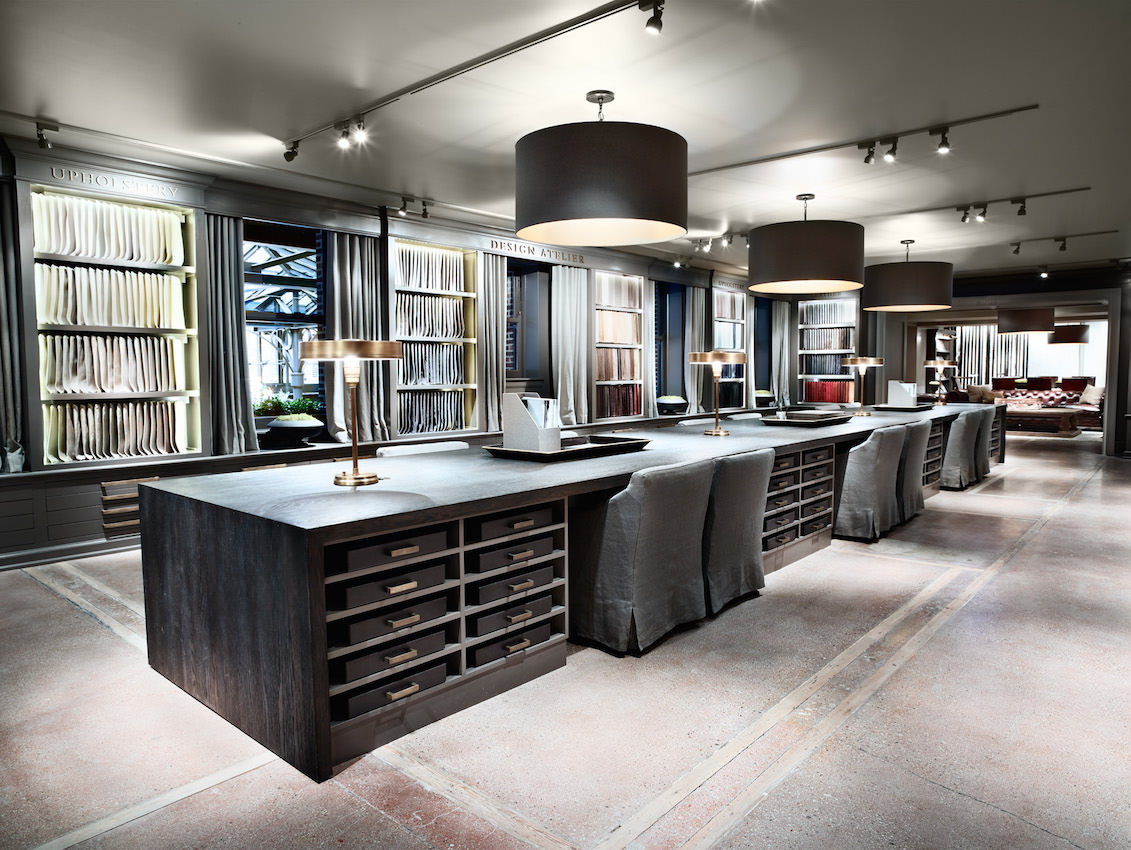
RH Chicago, The Gallery at the Three Arts Club, courtesy of Restoration Hardware.
GF: It came out way better than I imagined. A couple of my board members thought I was completely off the reservation. I was like, “This will be our field of dreams if we build something amazing. We can create a gift for the city. How wrong can we be? We can always build another store if it doesn’t work.”
I wanted to create a space that’s more home than store that reflected what we were trying to sell. Not just arrange the goods like a home, but make it really feel or make it like this illusion that blurs the lines between residential or retail. And I see it in that order. It’s not retail and residential. It starts with residential, and then make it more residential than retail and create a more aspirational space that inspires costumers to say, “I want to live here.” And people don’t generally say they want to live in retail store; at least, I never heard people say that. And now it’s been the number one comment we get.
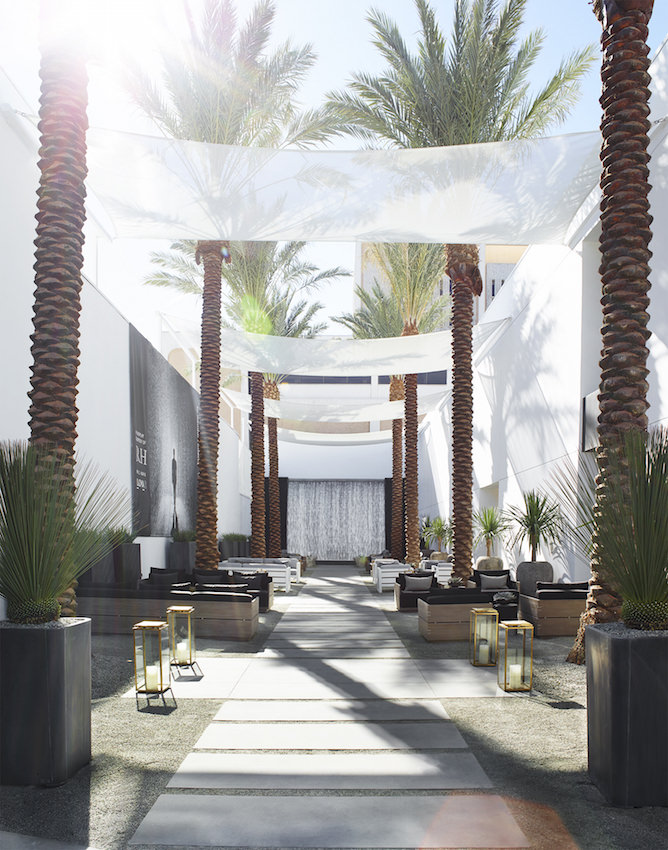
RH Modern gallery on Beverly Blvd. in Los Angeles, courtesy of Restoration Hardware.
[Chicago] turned out to be one of our best performing galleries. Now I’m just trying to extract the learning, what are people saying, what are they coming from, how are they interfaced with the hospitality, how many are actually turning into buyers, the design aspect of business.
WW: But there is a risk there, where you’re transforming the expectations of the consumer experience.
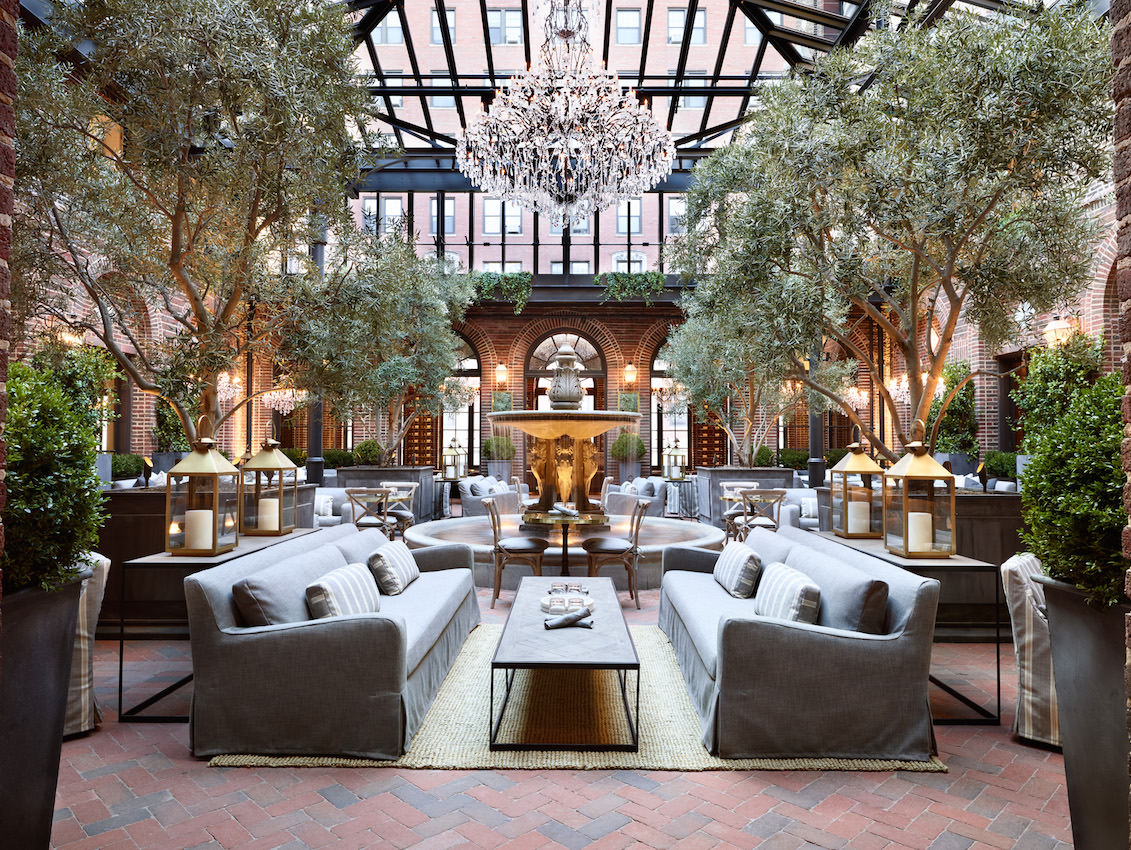
RH Chicago, The Gallery at the Three Arts Club, courtesy of Restoration Hardware.
GF: Yeah and we’re still working with that. We’re trying to figure out how you create a comfortable experience. Obviously, we want to be there to serve the customer, but how not to make it feel too sell-y. We’re trying to create this experience that people want to come to and want to hang out, and say this is how I want to live and therefore I want to buy this. I want my home to feel like this.
WW: The Chicago gallery, as you call it, also has the first Design Atelier space, where you can bring in your own designer, architect, or work with a RH designer. Do you see that as a manifestation of the transition from a product-driven space to a project-driven space?
GF: Absolutely, precisely. Our next evolution will be moving from what I call a traditional retail model that primarily creates and sells its own products to an interior design platform that conceptualizes and sells spaces. It’s not so focused on selling the couch or selling the product; it’s more about conceptualizing and selling the space. The Design Atelier really supports the idea of working on a project rather than buying a product. We studied the best interior design offices, the best architectural offices, and tried to create a space that reflected that level of quality and authority and expertise.
WW: I wanted to ask you about the contemporary art component that RH has been involved in, both in a gallery setting and projects like Rain Room. So first, what was the decision behind acquiring Random International’s Rain Room for RH?
GF: “We thought there was an opportunity to integrate art into the brand. When you think about a home, there are walls in a home and only so many mirrors or things like that you can put on walls. Art is essential. But we also said that there were not going to be a lot of people thinking that a home furnishings retailer should be selling art, especially [a company] that started out at the mall. So I told the team, “Look, no one is going to think we belong, and there’s going to be a lot of harsh critics here because no one’s ever made this leap before, so we have to find something that they’ve never seen before that demonstrates leadership, creativity and courage.” So Rain Room was our attempt to break through the clutter and overcome the reservation and make a statement that we were serious about art. When the team came to me with this idea, they say, “we think we found it” and I said, “what is it, it’s called Rain Room. Explain it to me.” They had this little CAD drawing. And I remember the artists had given them a quote by Thoreau that was about “trust” and “belief” and so one of the bracelets I wear around my wrist says “believe”. It’s, “Believe in the impossible and what can be done versus what can’t be done, believe in yourself.” But it’s a core value to us to lead and not follow, and to innovate and not duplicate, and that takes courage and leadership. When they read this quote from the artist, I kind of got goose bumps and I said, “How much do they want?” And they said it’s X to commission the first edition and X was a lot of money. I said to the team will it work? And they said, I think it will. I said, “Okay, let’s commission the first edition.”
We wanted to try to do something the world had never seen and do something that we thought represented our values and that expressed creative courage. And it also gave us credibility. It’s a pretty wonderful thing, that we can commission a piece of art that touched and inspired that many people. But, quite frankly we’re just trying to curate art that we love that inspired us.
WW: How do you see RH’s interaction with contemporary art going forward?
GF: “I see the contemporary art galleries integrated into RH Modern. The gallery we opened in New York recently closed. The reason we did that is the artists wouldn’t work with us unless we had a gallery and they didn’t want art in a retail store. And back then, we didn’t have retail stores like Chicago so it was hard to sell them on the future. So we opened a gallery in New York so we could have access to the art, so we could build this platform, an online platform, knowing that we had RH Modern in the pipeline. So our vision was to integrate art into RH Modern and show how art can be appreciated and incorporated into a home.”
WW: Has your personal interest in contemporary art grown or expanded since the launch of this?
GF: Yeah, absolutely, I have a personal aspect in everything I do. We don’t do business here that we don’t believe in. This brand is very personal, not just to me but to all of us. Everything we do comes from a place of meaning, of love, of passion. We do really good work, and it turns out it has really high financial value. And we think about everything that we do.
WW: You’re in the business of someone’s home, so you can’t take away the emotion from that. It’s really at the core of it.
GF: “Recently, in our local shopping center in Marin County, there was a line of over 1,000 people on Monday or Tuesday morning to buy the new Tesla, not even to buy it, to put a thousand dollars down on a car they’re not going to see for 18 months. Is that strategic or financial? No, it’s emotional. People spent the night. I haven’t seen that since the iPhone. And you realize if you can connect with people on an emotional level, if they believe what you believe, you can create a movement. To me, that’s the essence of all great work, that’s why it’s important to us. Everything we do comes from a very deep authentic place.”
This article is published in Whitewall‘s summer 2016 Design Issue.




